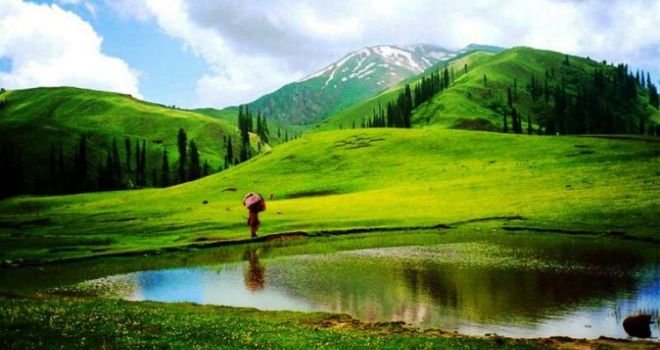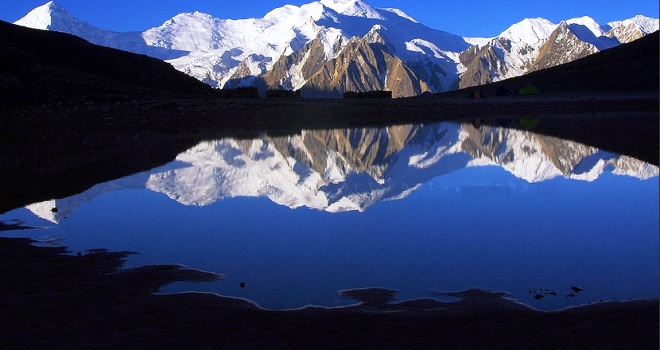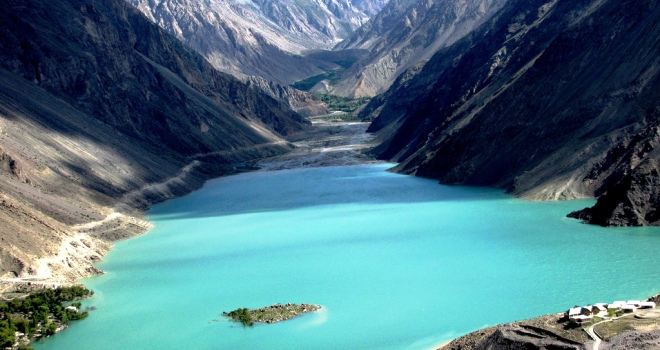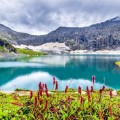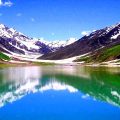Waterfalls can be formed in several ways, but the most familiar method of building is that a river courses over a top layer of resistant bedrock before slipping onto the softer rock, which erodes faster, leading to an increasingly high fall. Waterfall has been studied for their influence on species living in and around them.
Humans have had a distinct association with waterfalls for years, touring to see them, exploring and naming them. They can present challenging barriers to navigation along rivers.
These are sacred sites in many cultures. Activities at a waterfall can contain bathing, swimming, photography, rafting, canyoning, abseiling, rock climbing, and ice climbing. The waterfall can also be a place for forging hydroelectric power and can hold good fishing opportunities.
Waterfall plays a part in many cultures, such as holy sites and subjects of art and music. Many artists have painted waterfalls.
Below are the wallpapers of the waterfalls that look like from fairytales
1. Skogafoss, Skógar, Iceland
2. Porcupine Mountains, Ontonagon, Michigan
3. Plitvice Lakes, Plitvička Jezera, Croatia
4. Niagara Falls, Niagara Falls, New York
5. Baatara Gorge, Tannourine, Lebanon
6. Dynjandi, Westfjords, Iceland
7. Jeju Island, Seoul, South Korea
8. Cumberland Caverns Waterfalls, McMinnville, Tennessee
9. Pearl Shoal Waterfalls, Jiuzhaigou, China
10. Seven Sisters Waterfall, Geirangerfjorden, Norway
11. Kauai Waterfalls, Kauai, Hawaii
12. Angel Falls, La Gran Sabana, Bolivar, Venezuela
13. Lower Falls, Yellowstone National Park, Wyoming
14. Albion Falls, Hamilton, Ontario, Canada
15. Crabtree Falls, Grassy Creek, North Carolina
16. Oneonta Falls, Corbett, Oregon
17. Horsetail Falls, Yosemite National Park, California
18. Iguazu Falls, Misiones Province, Argentina





















